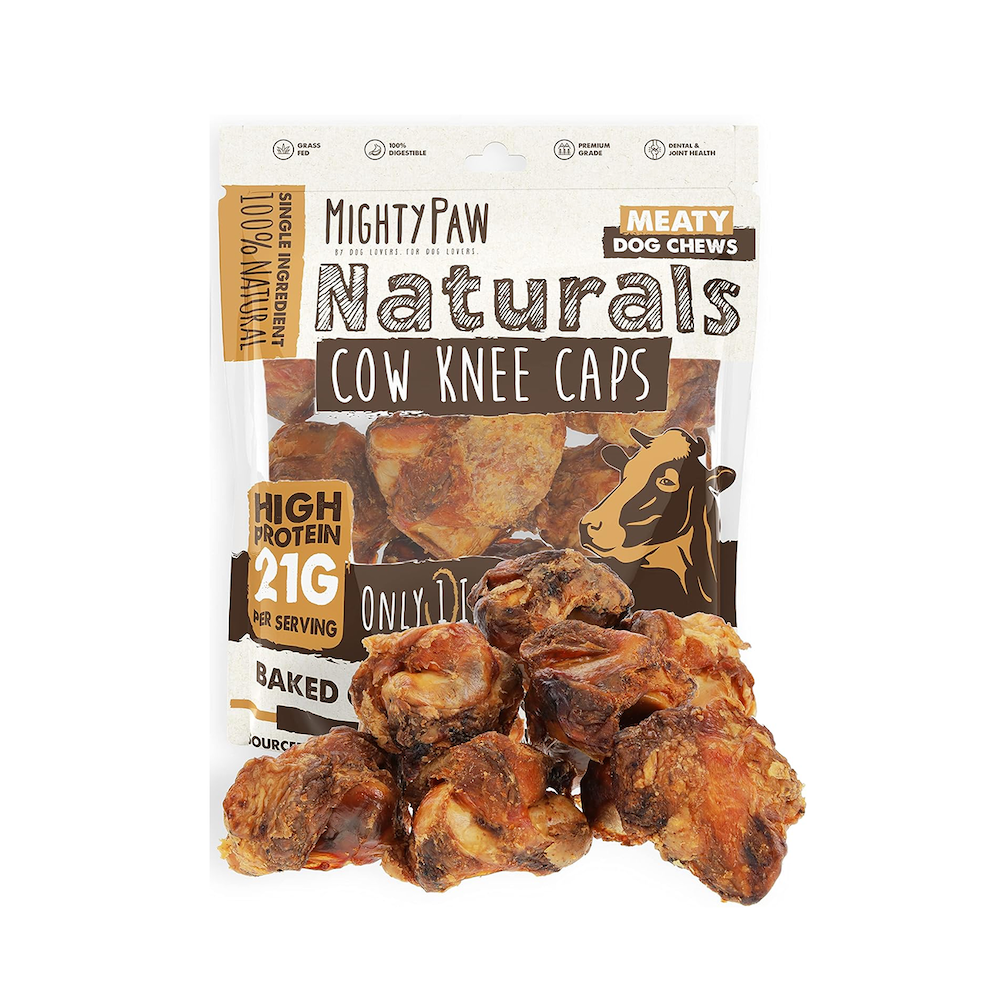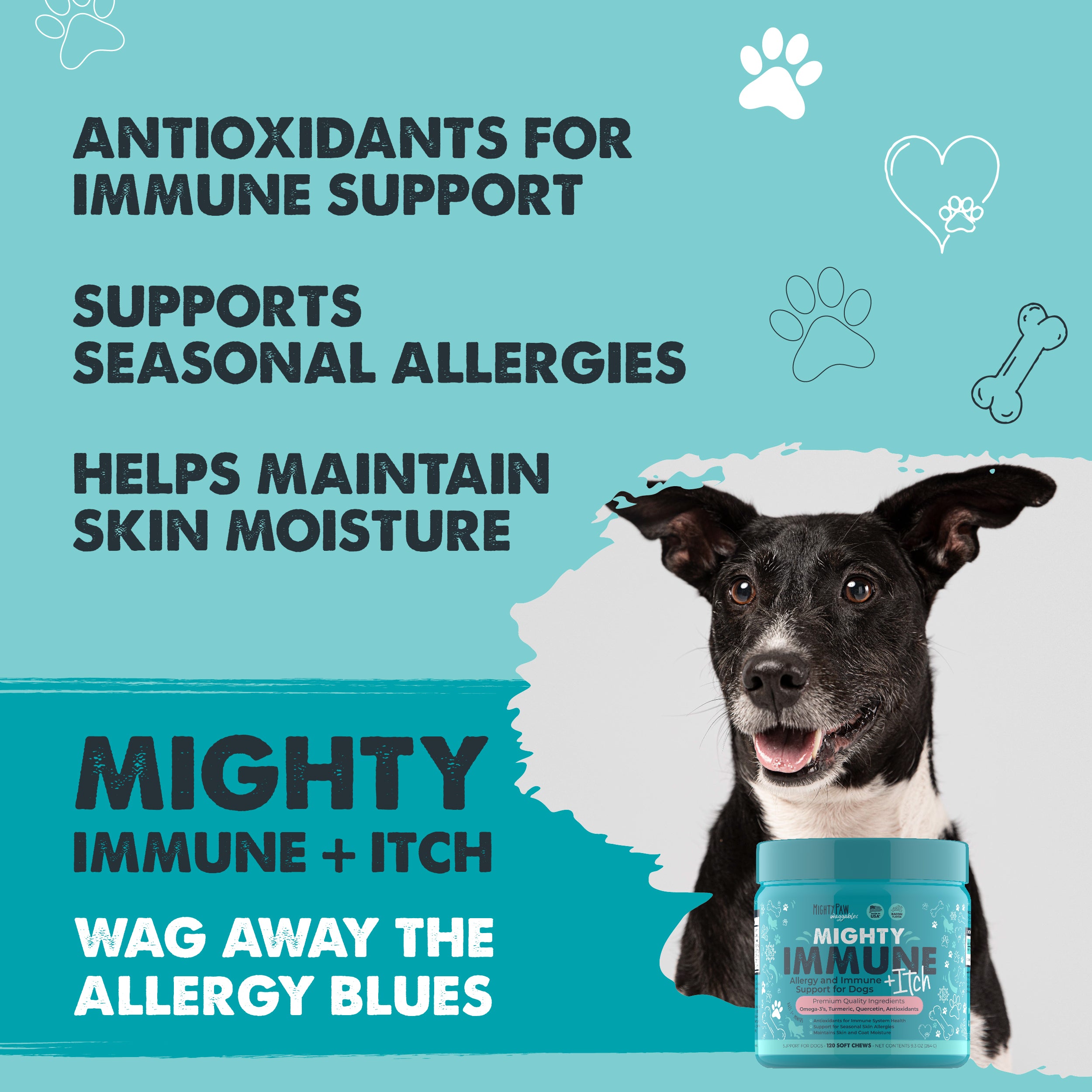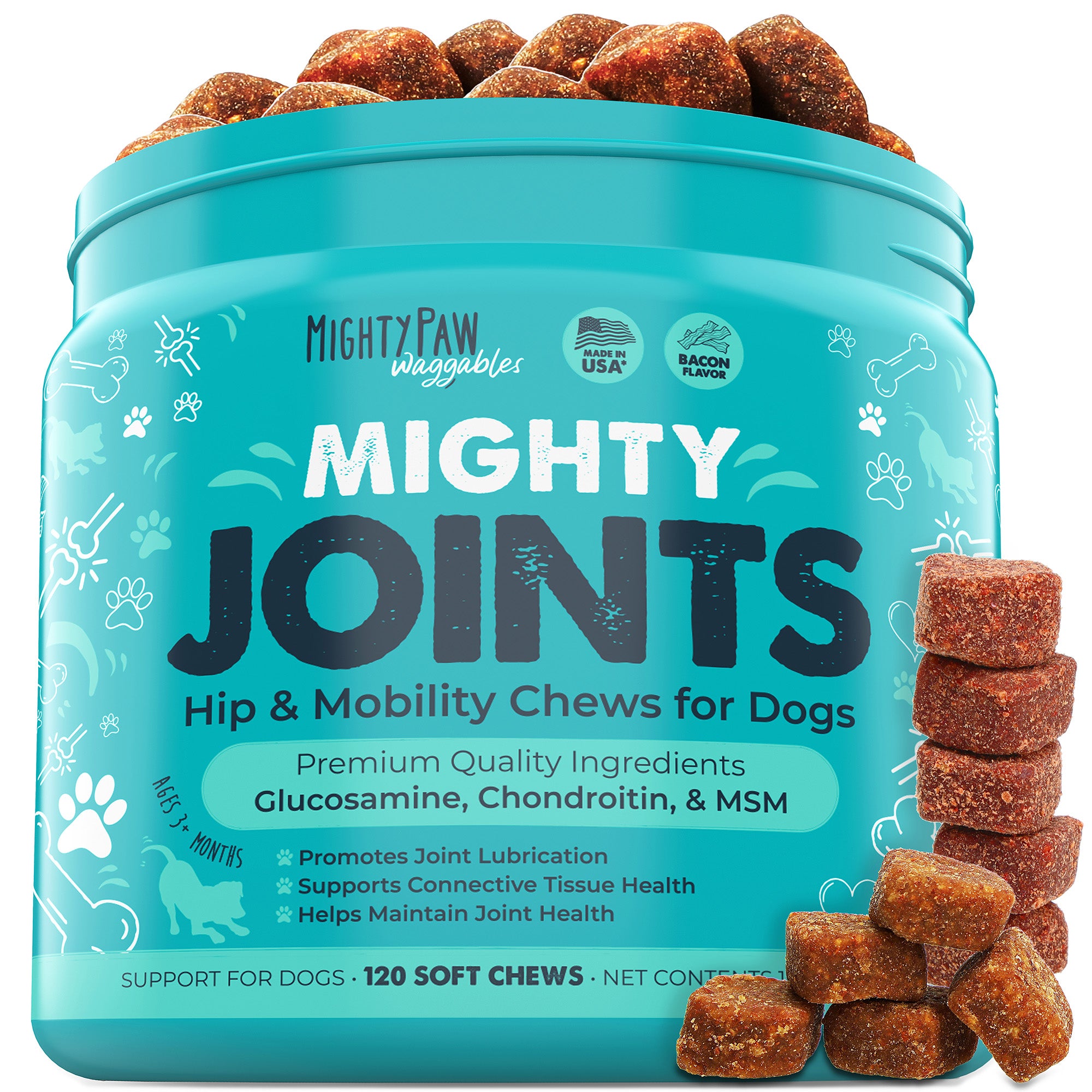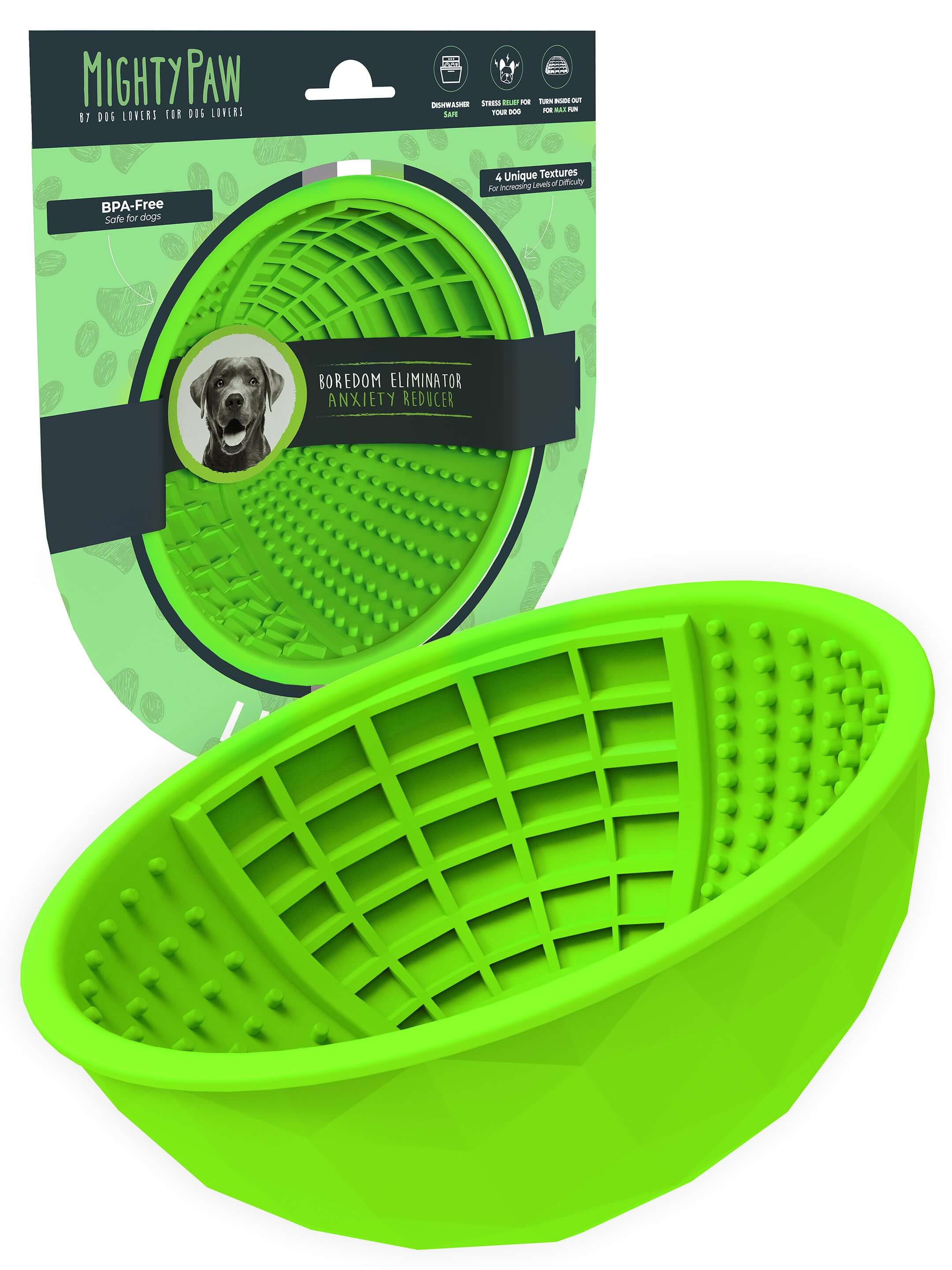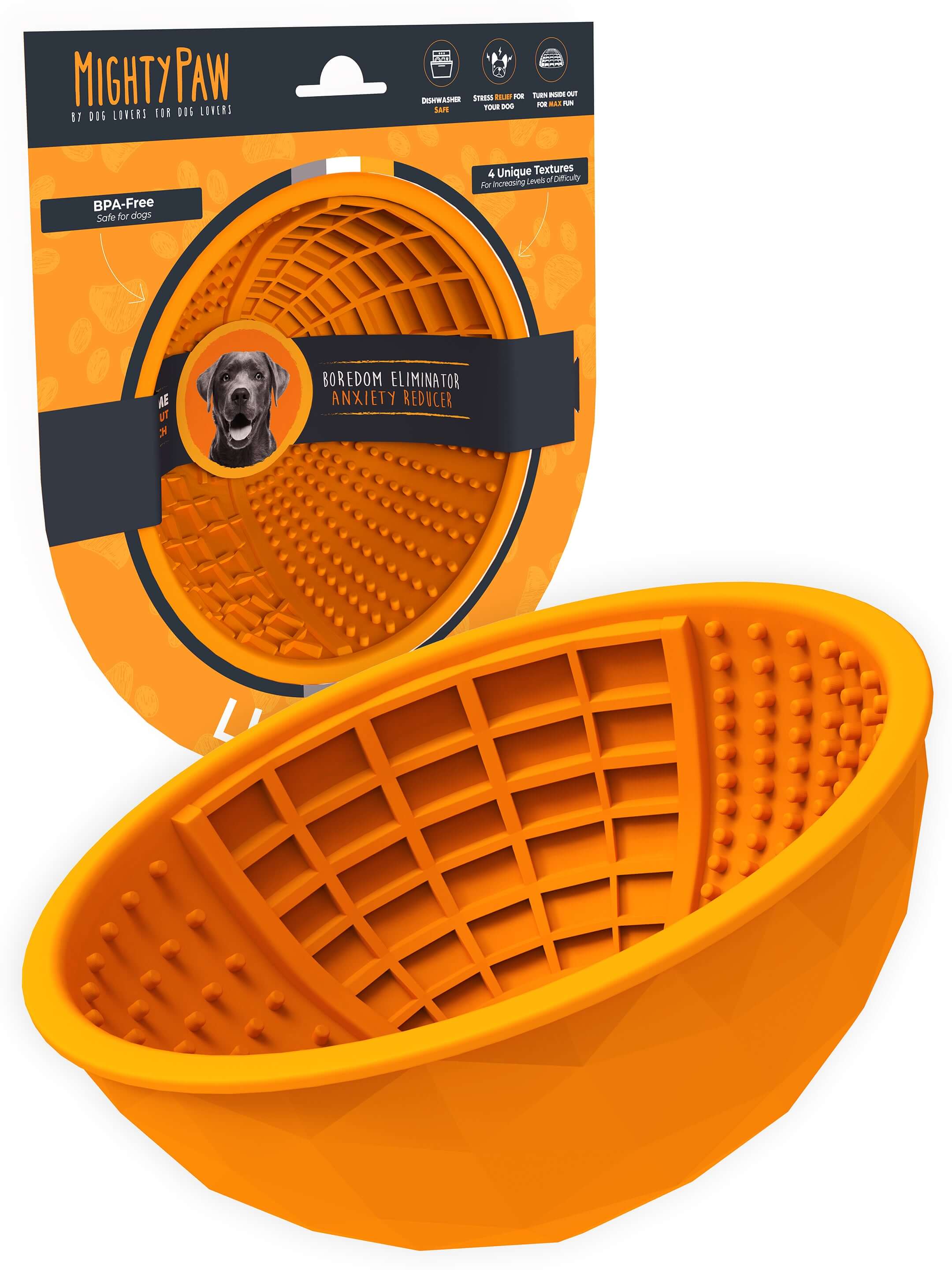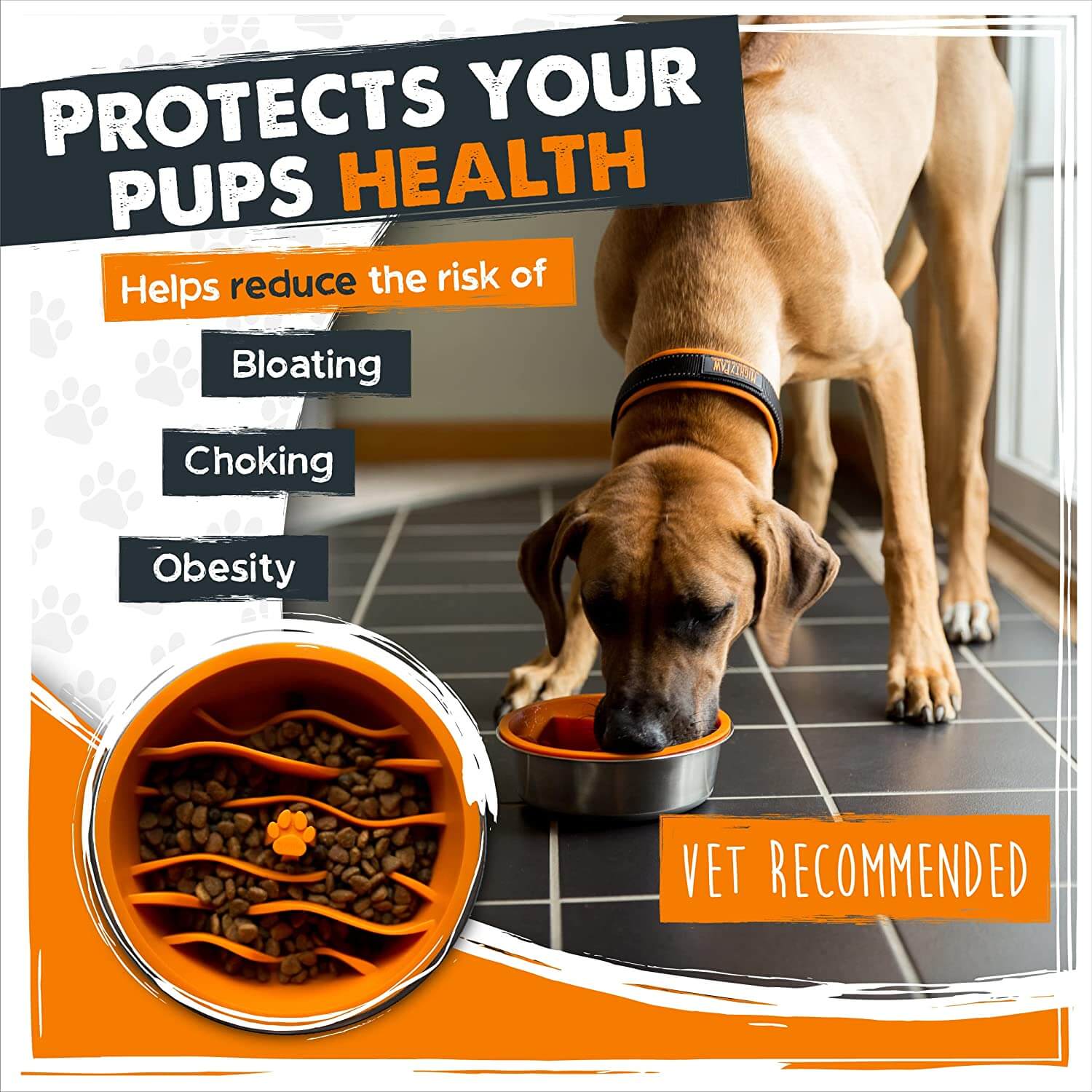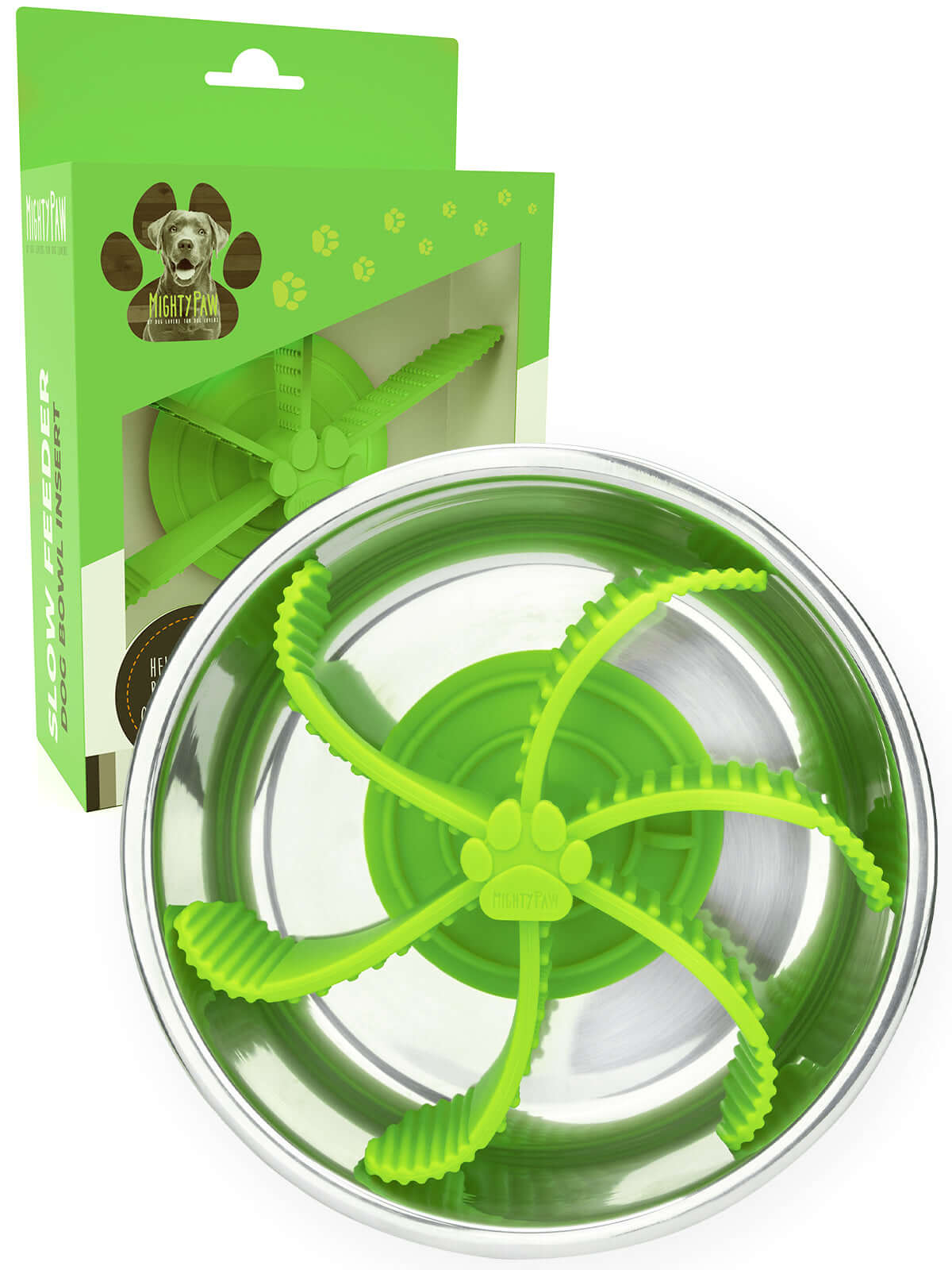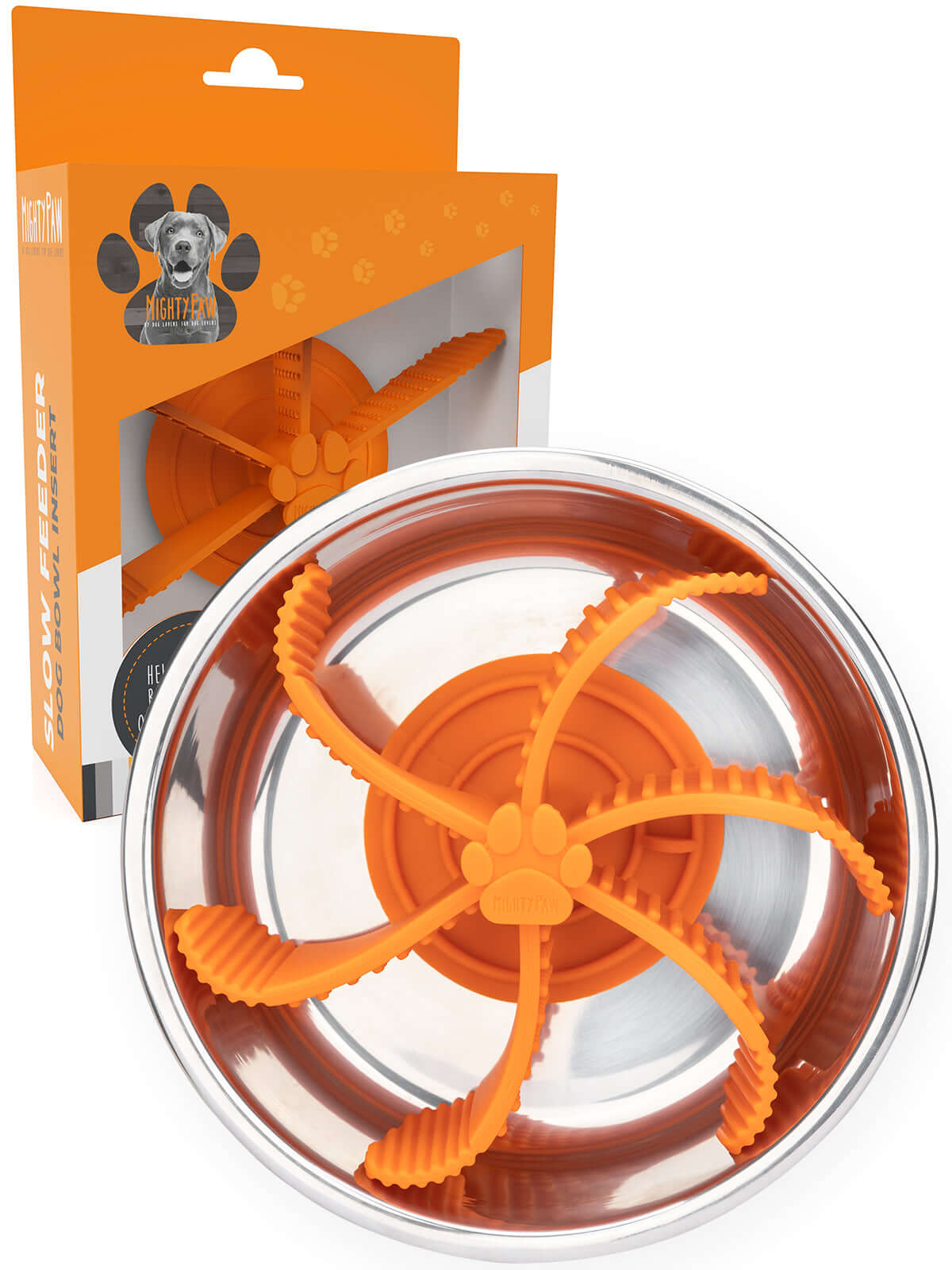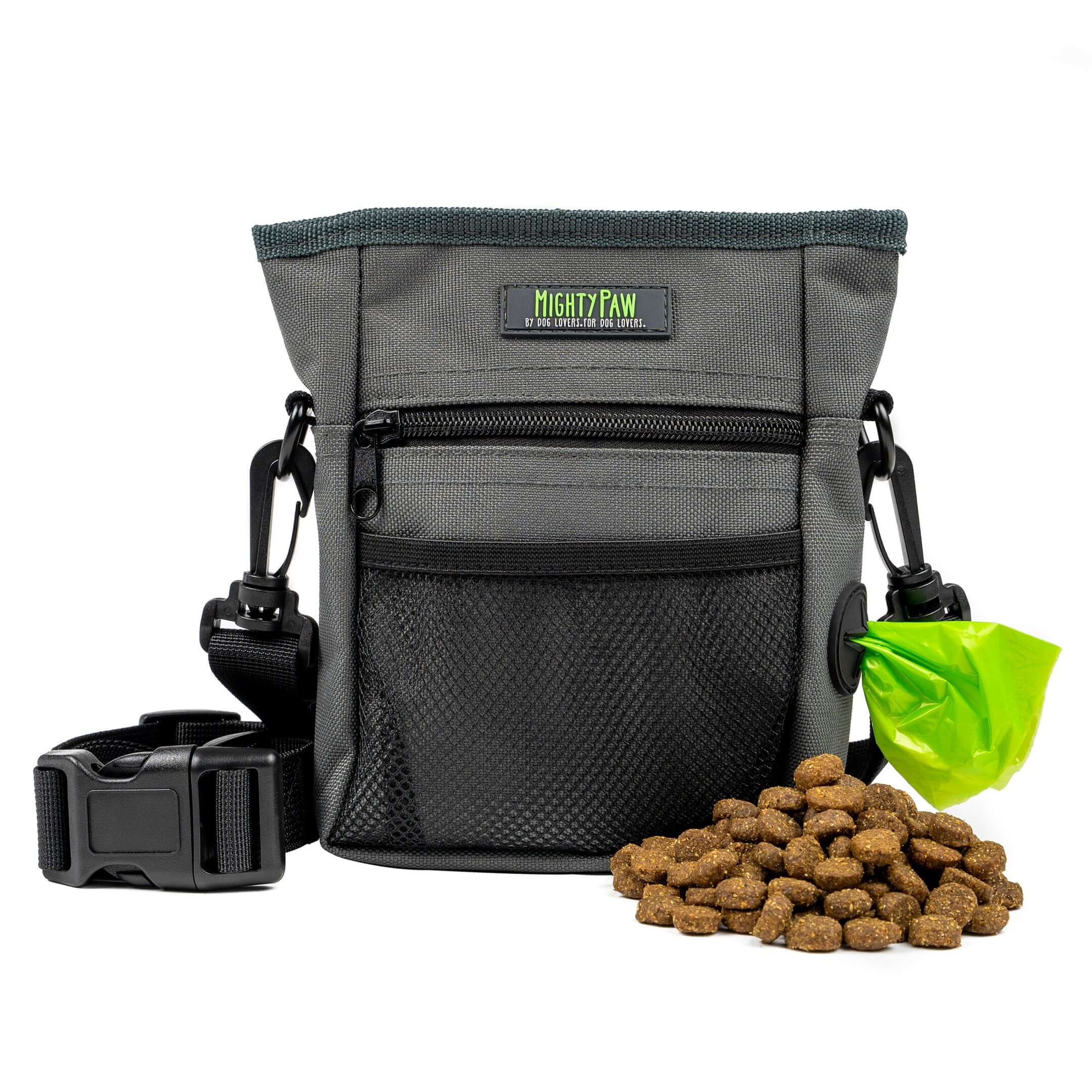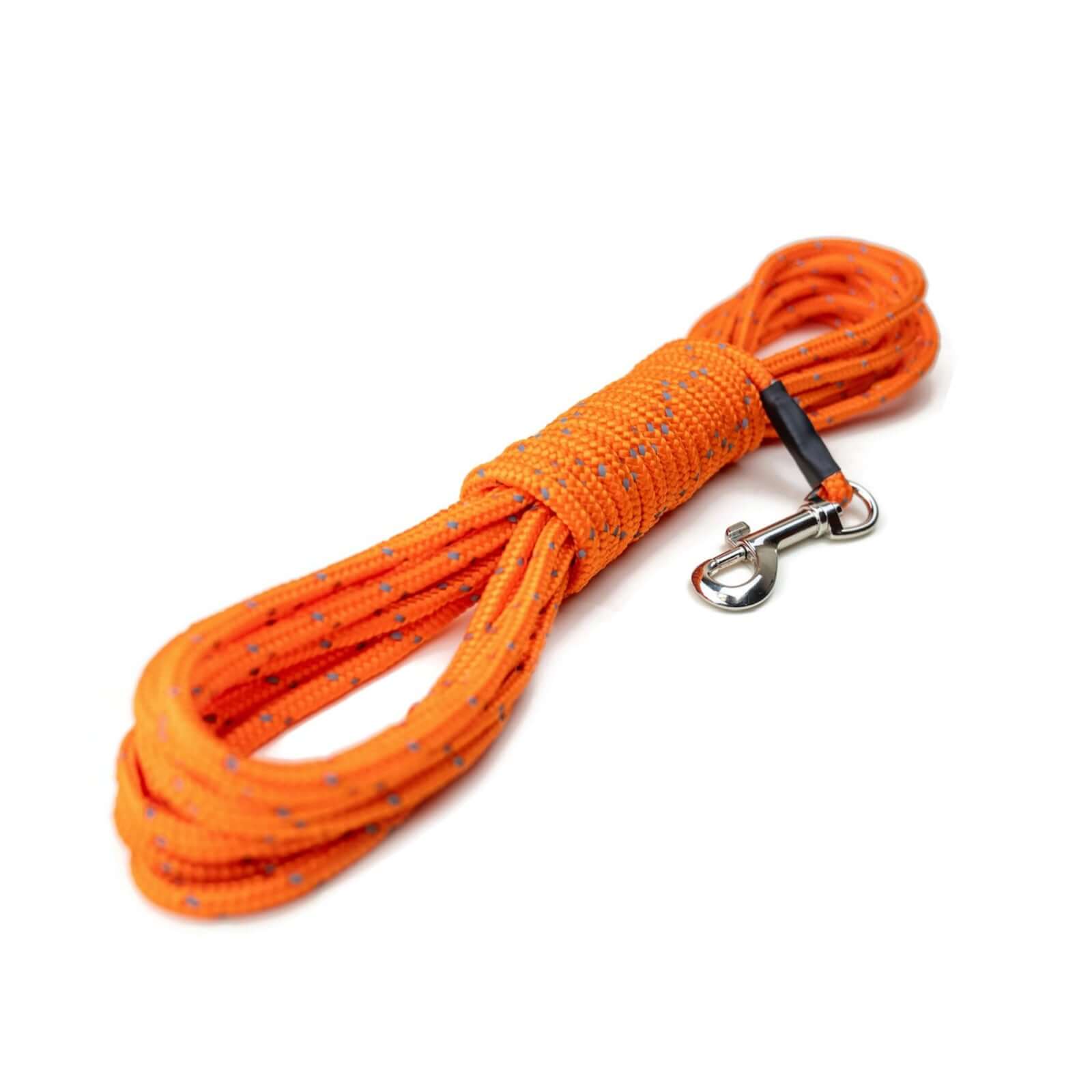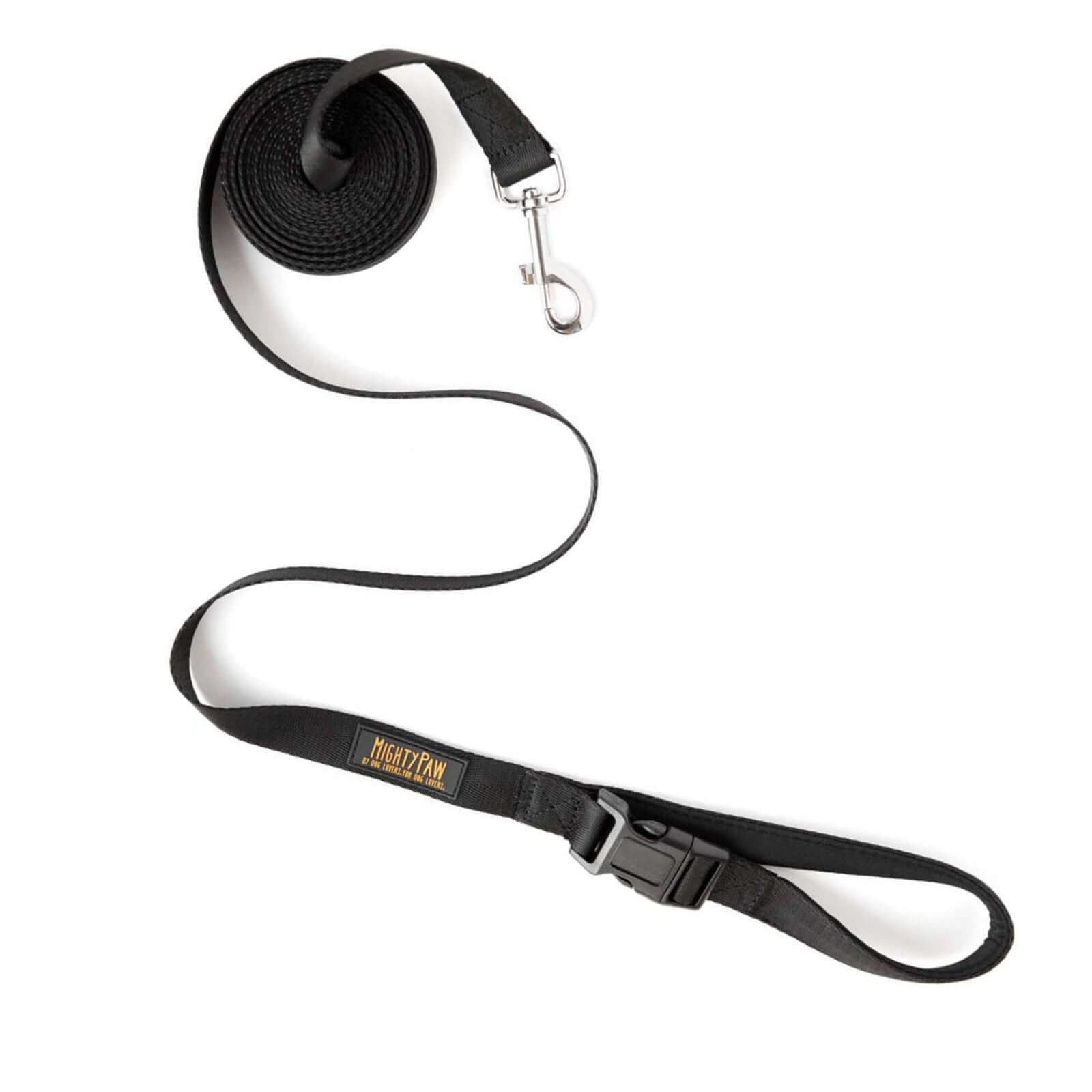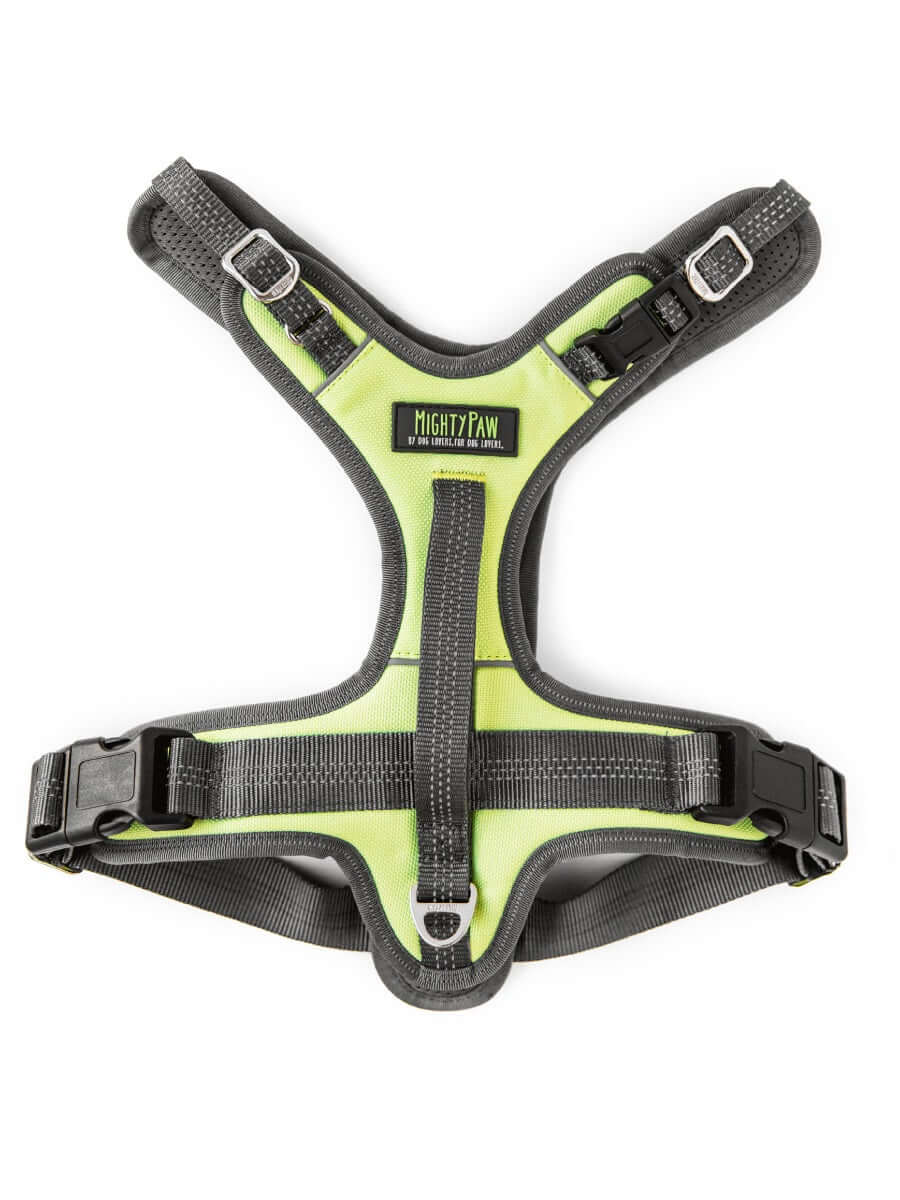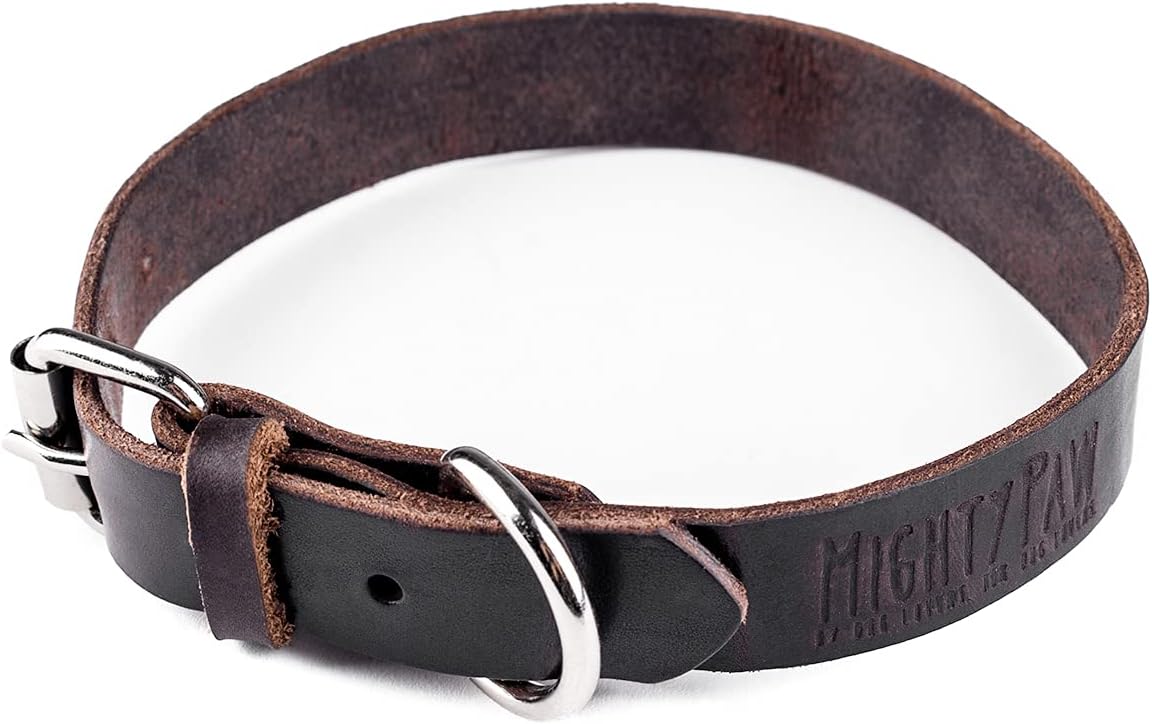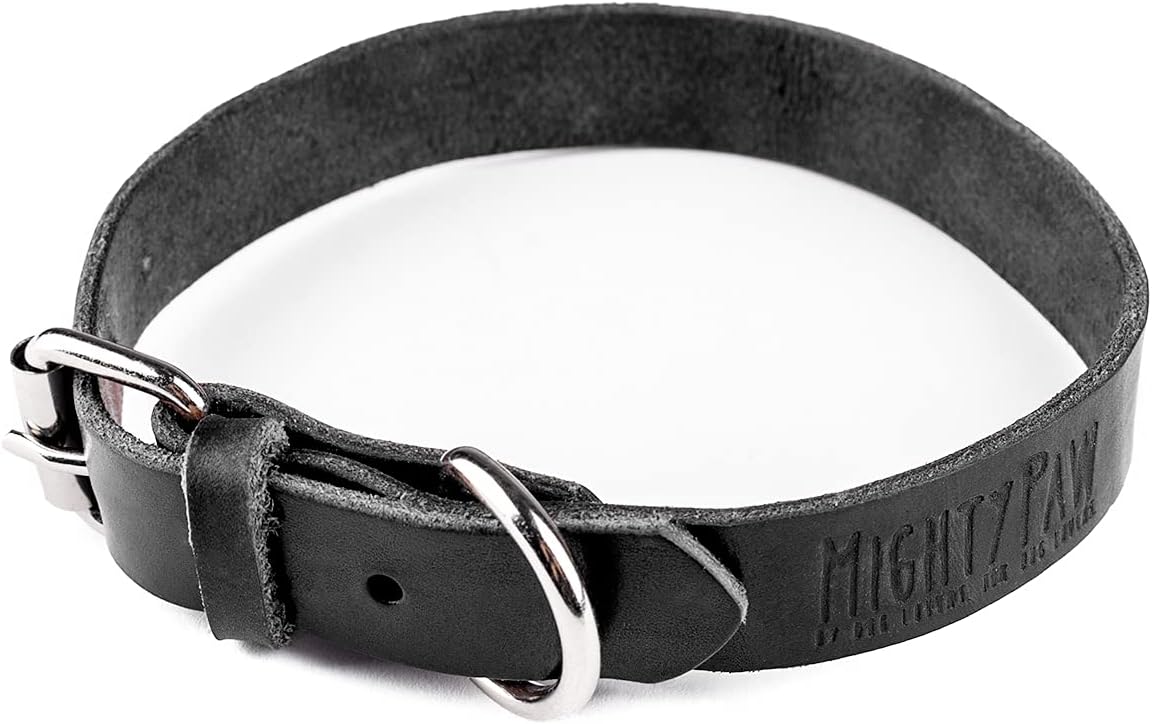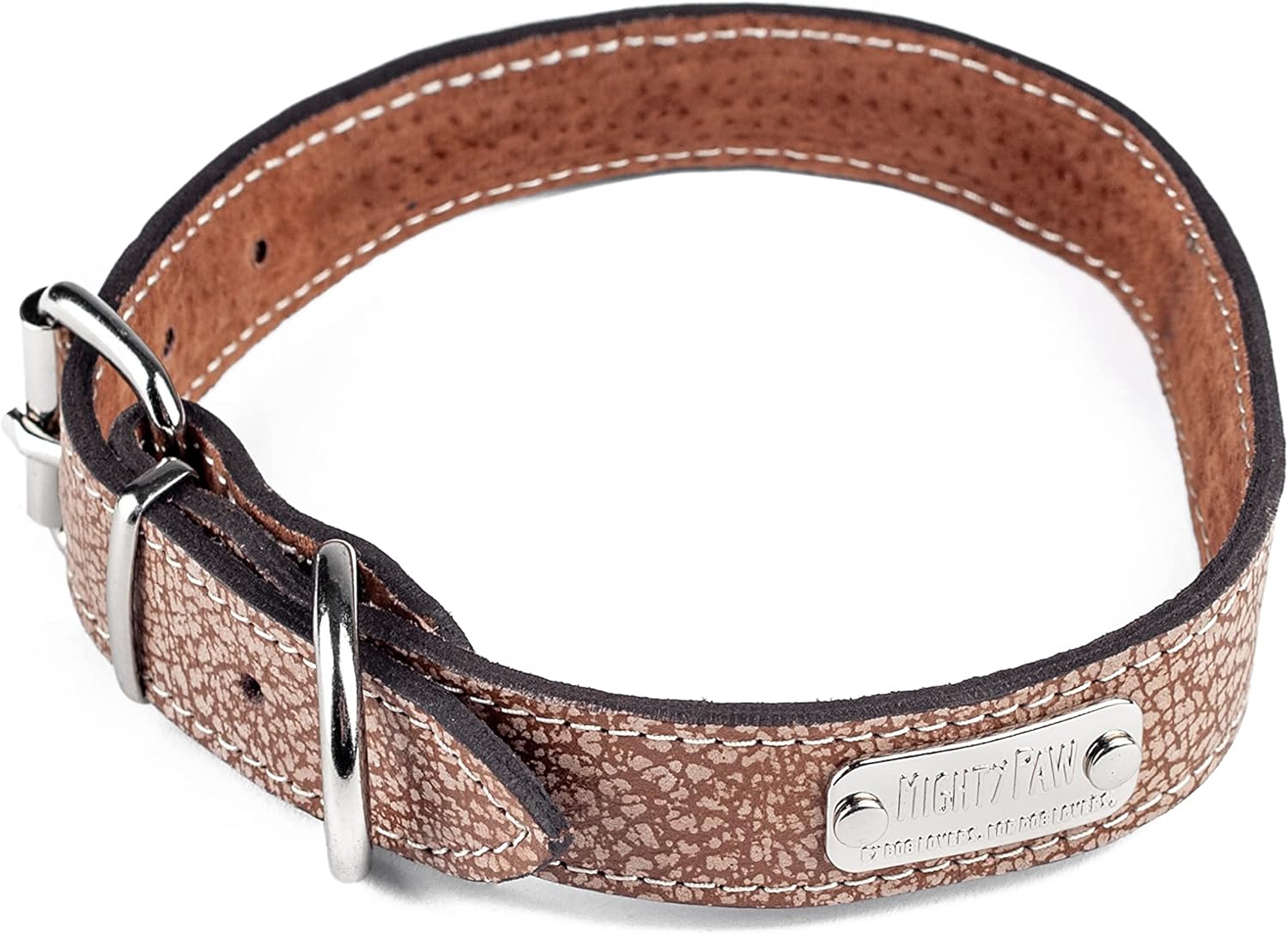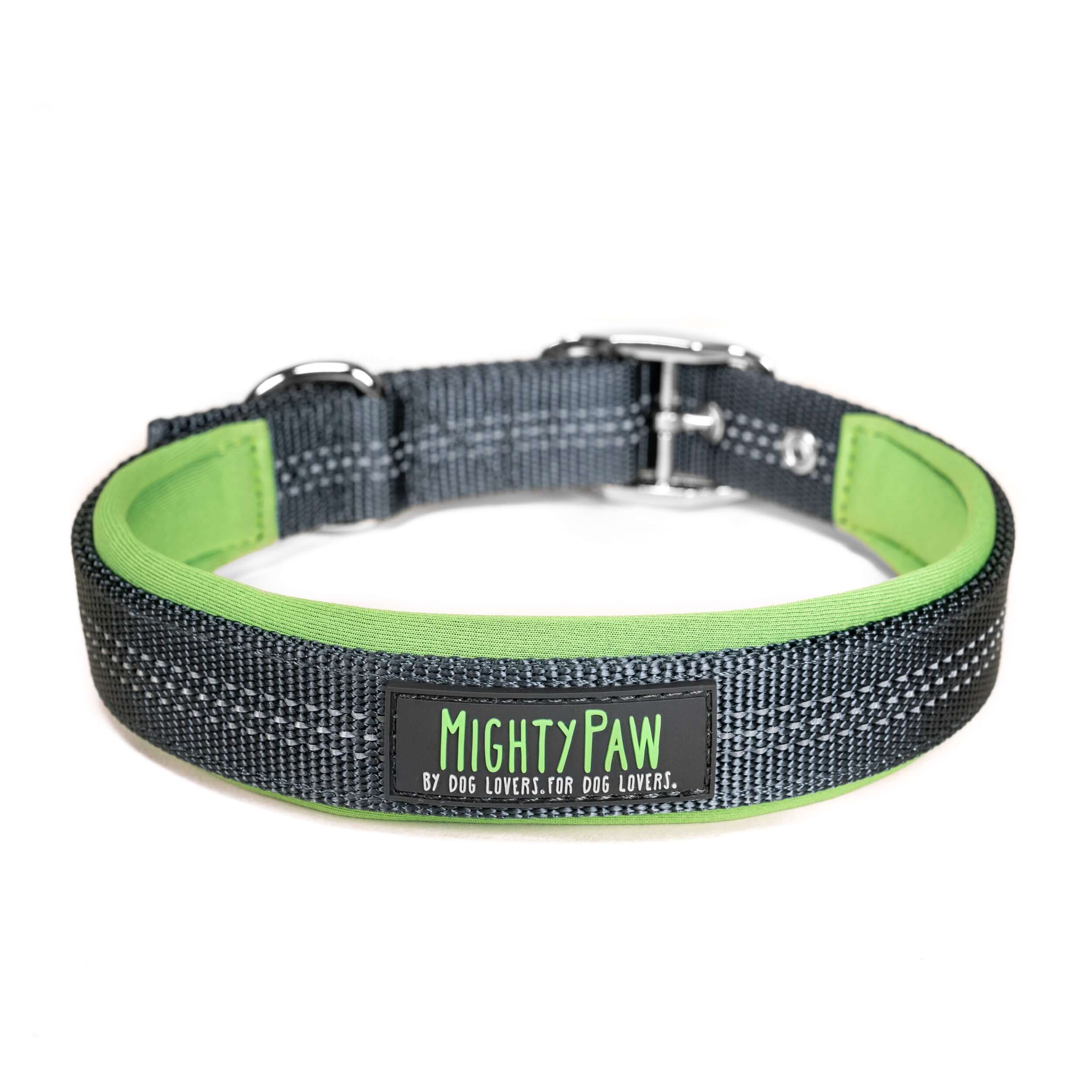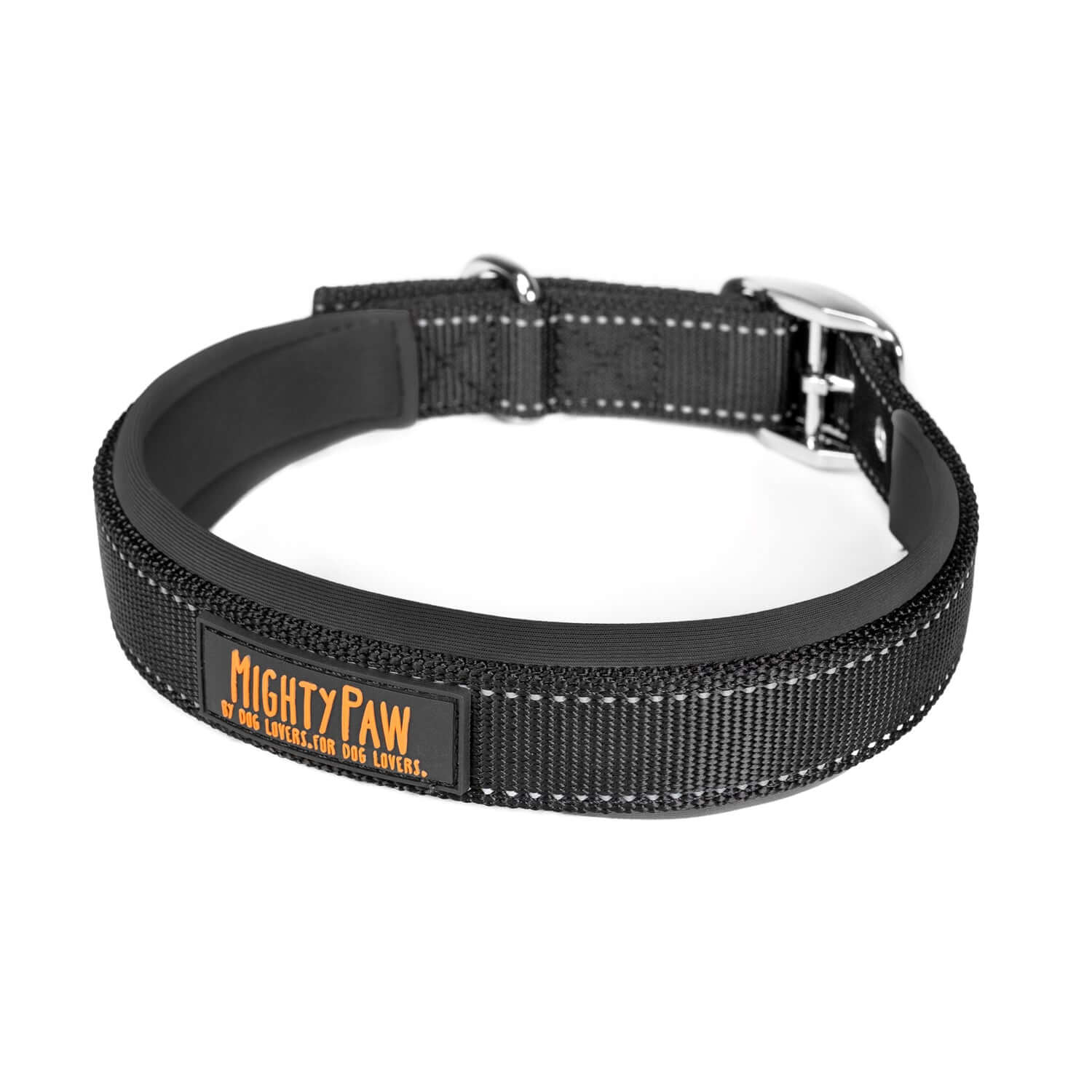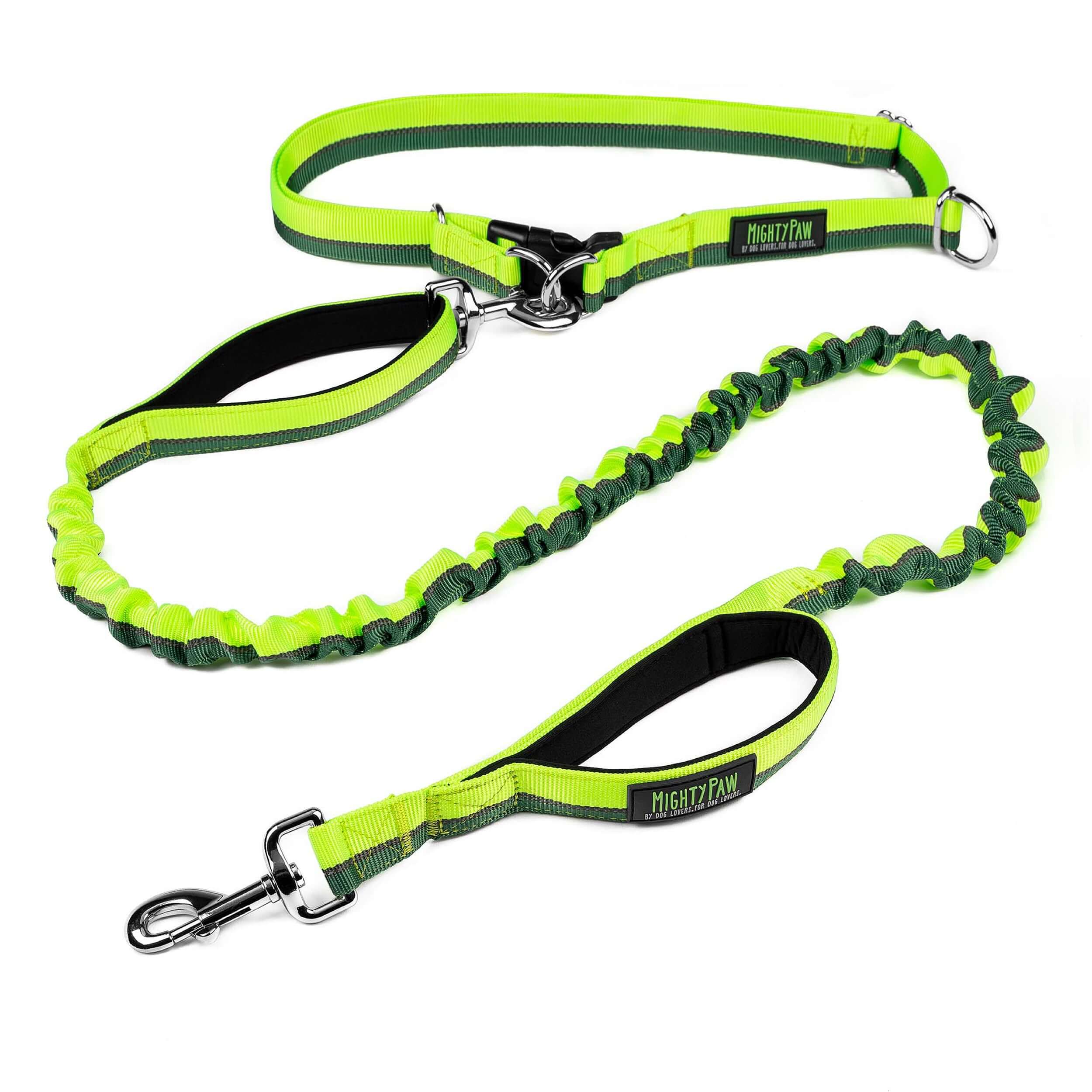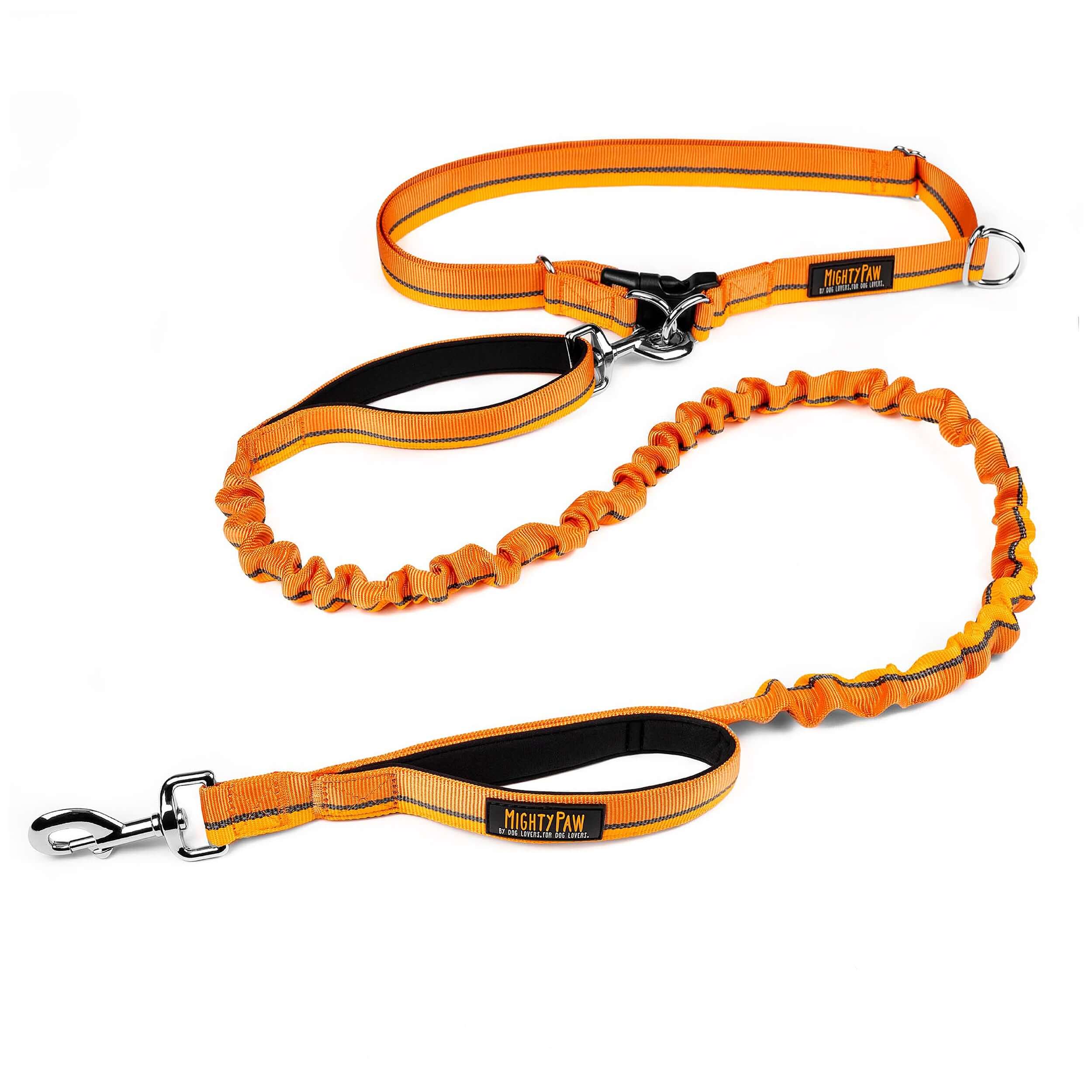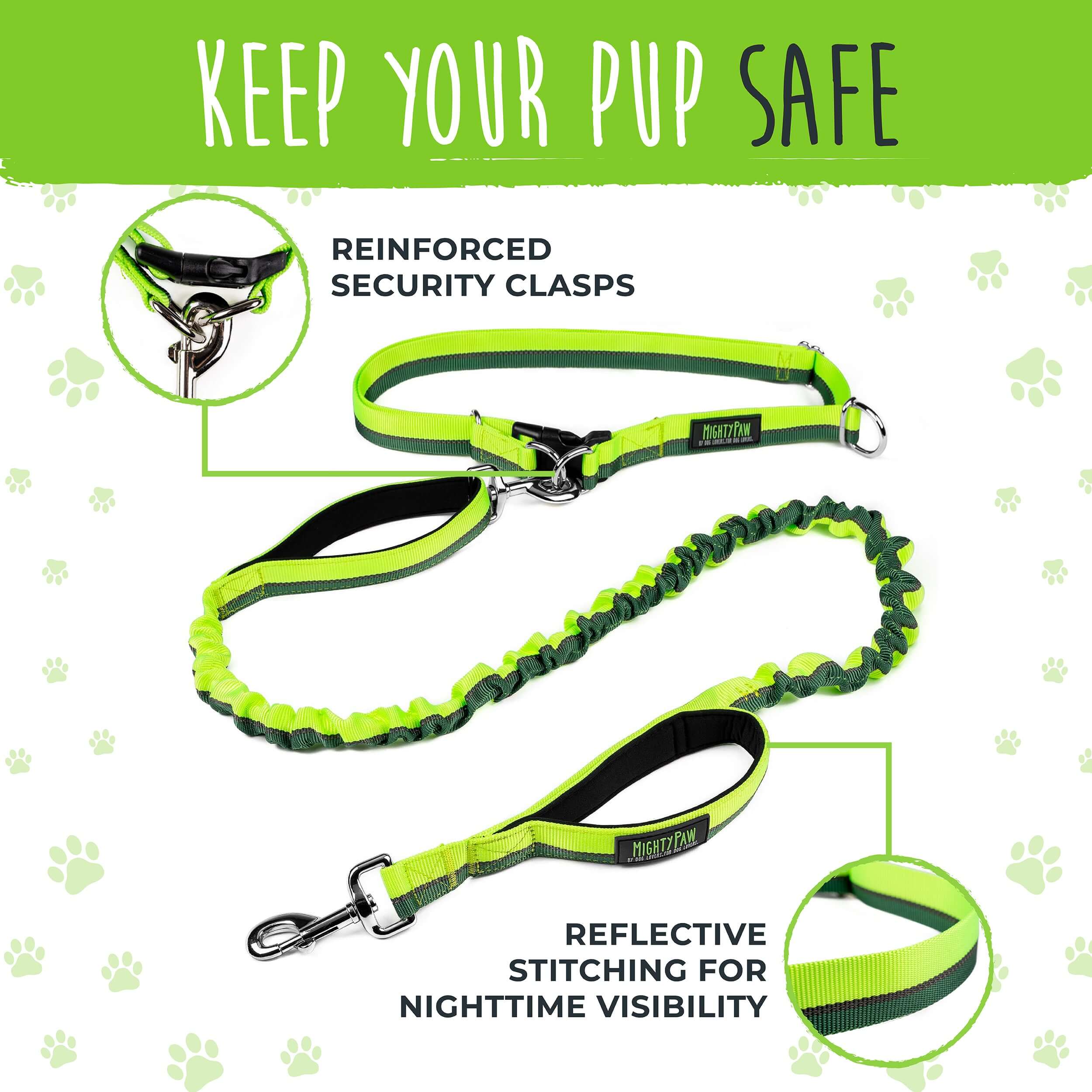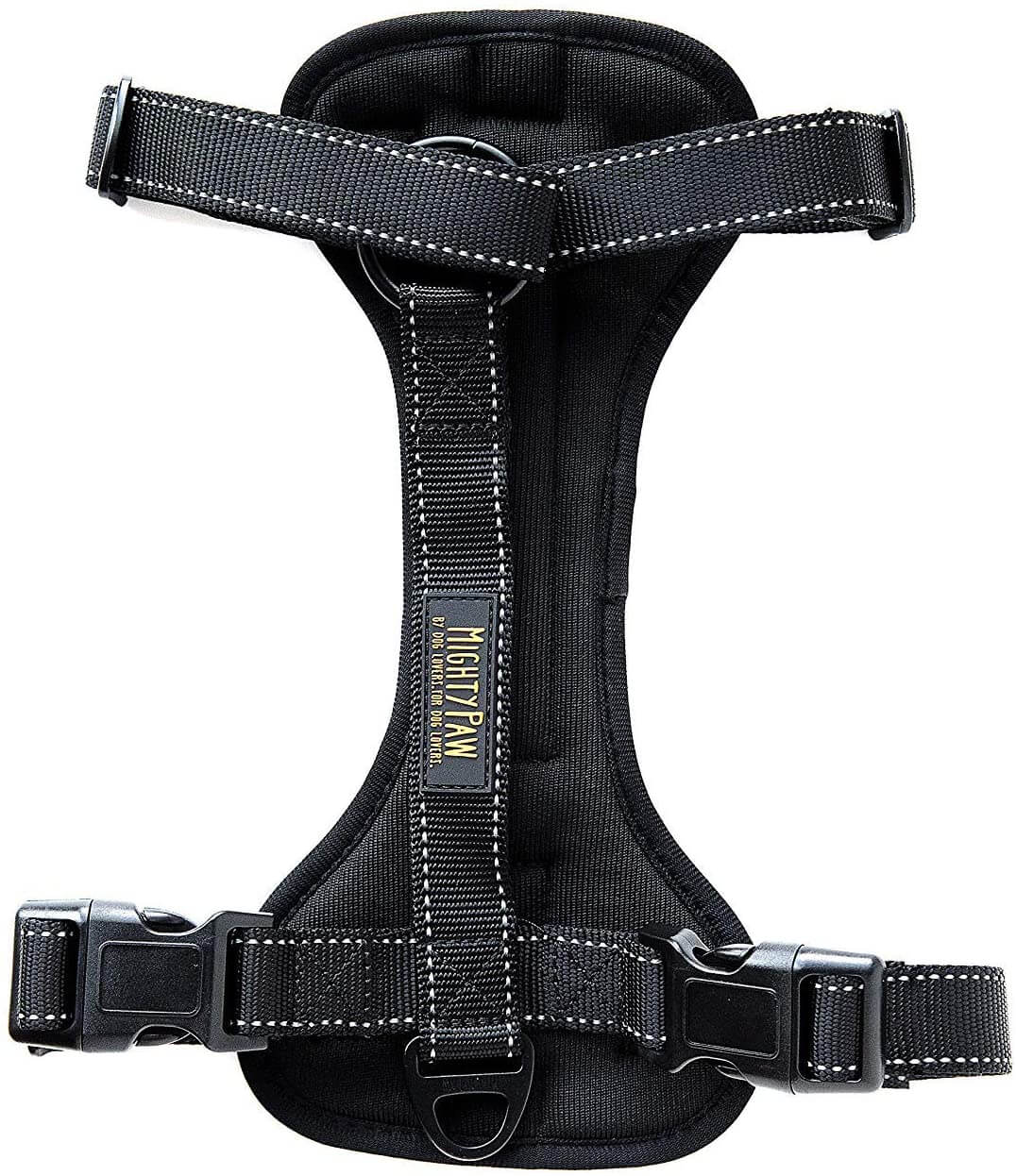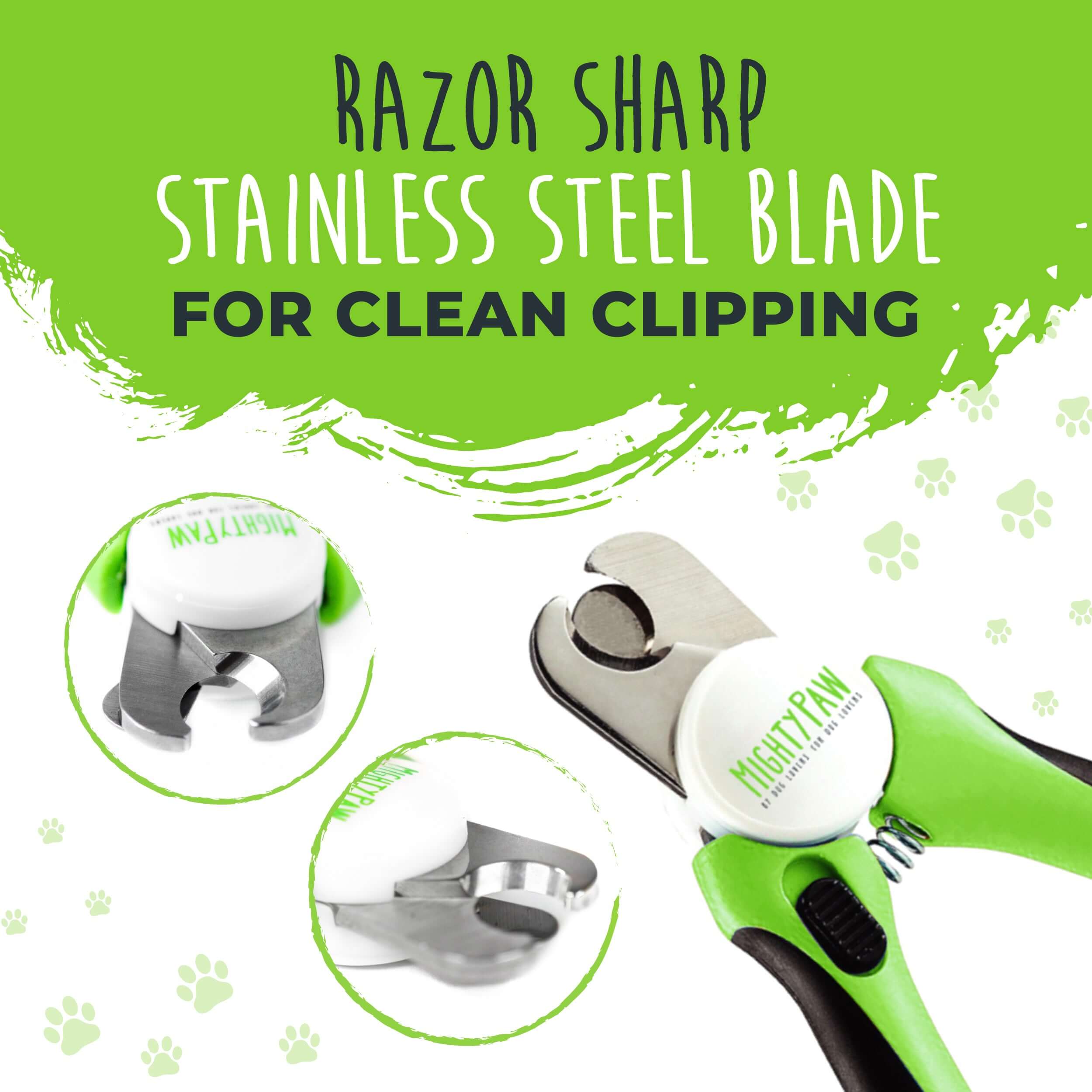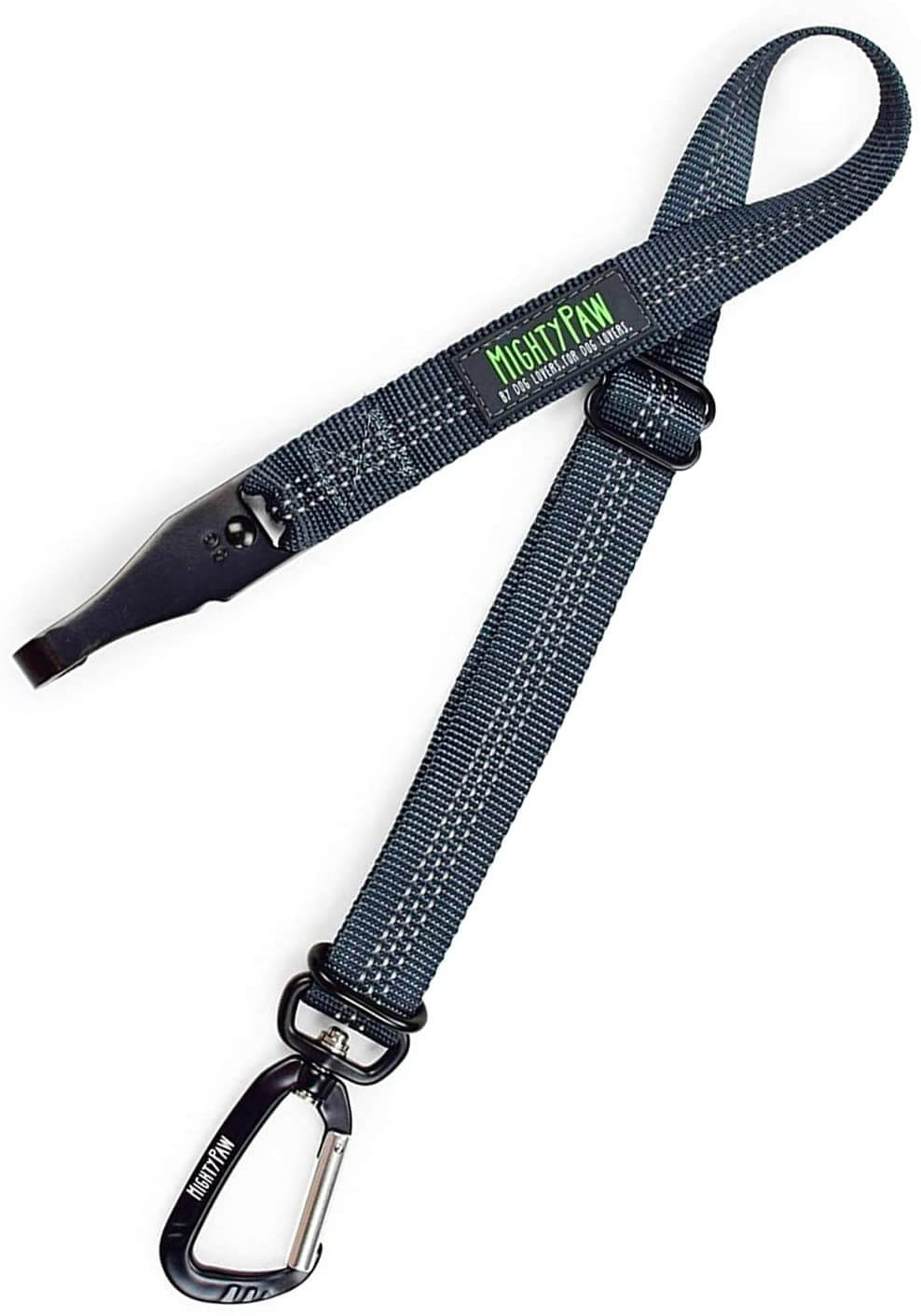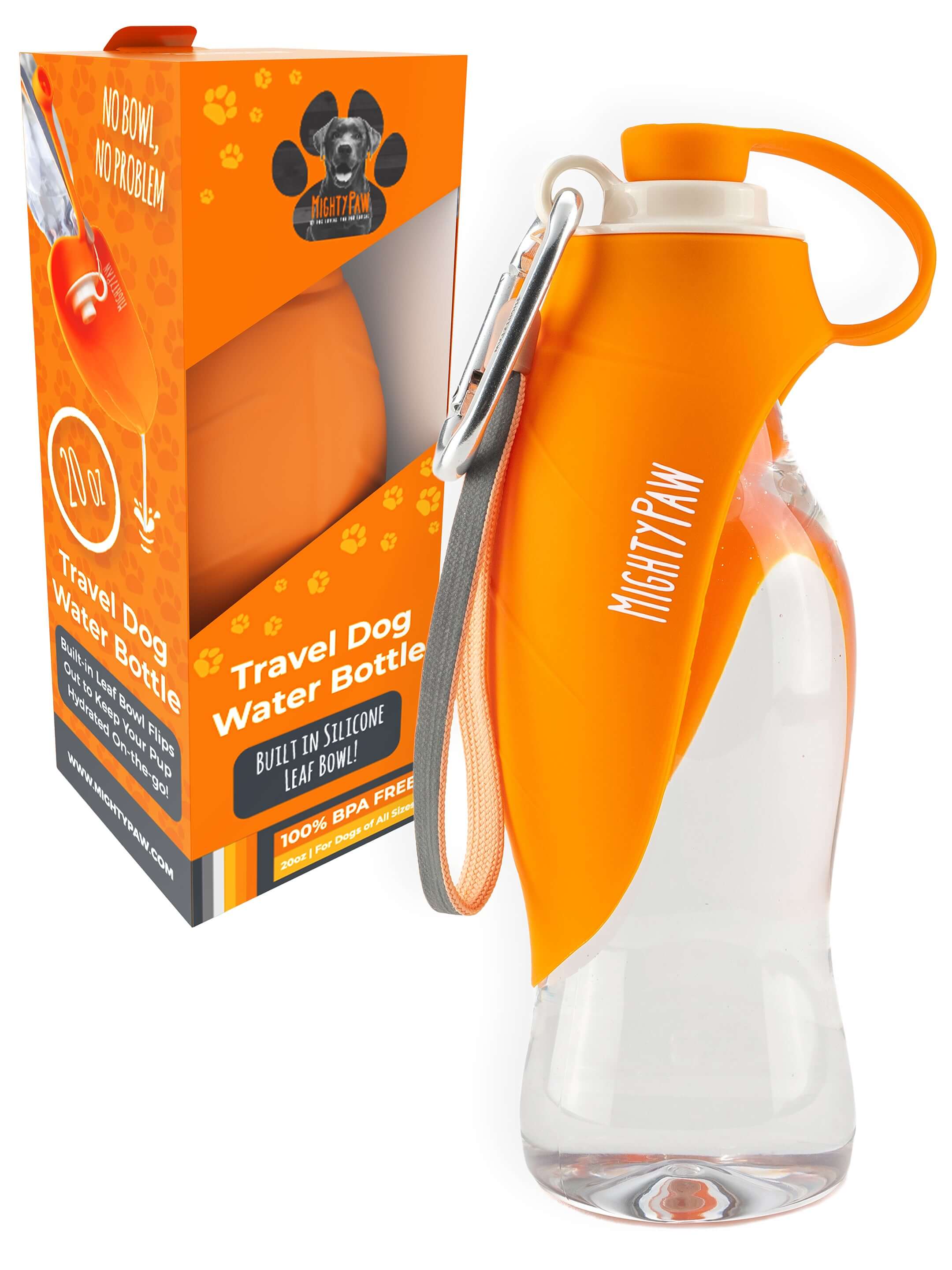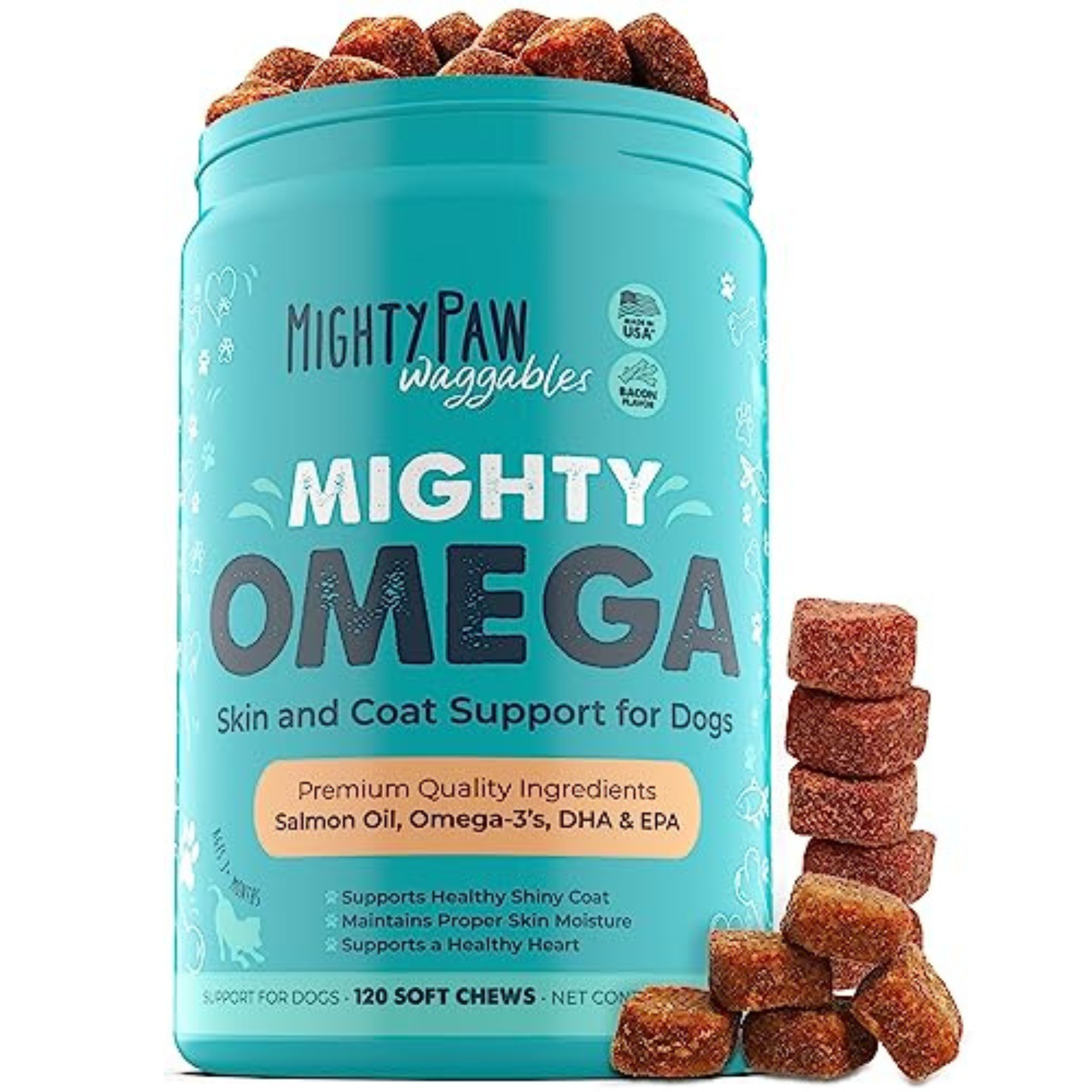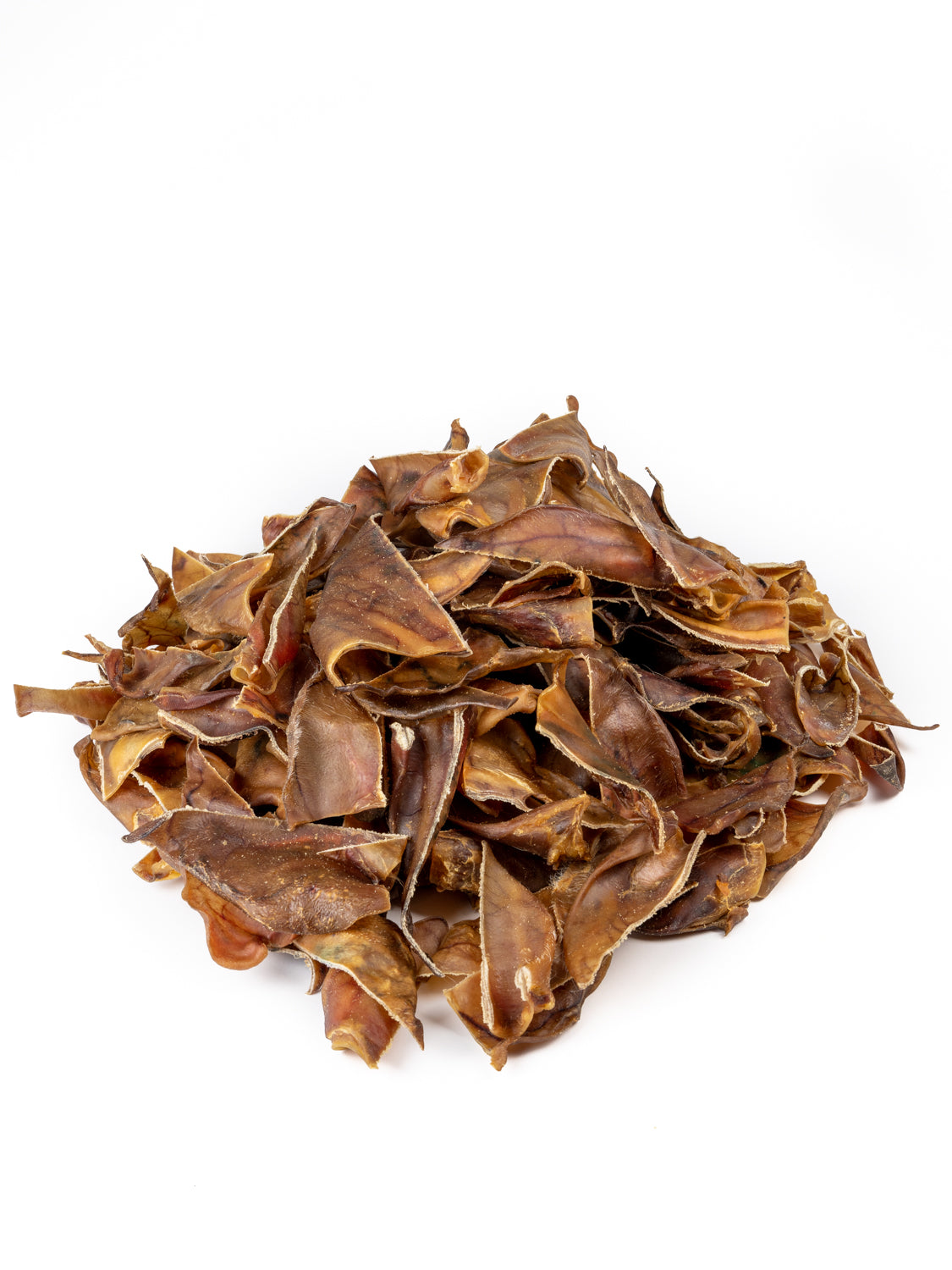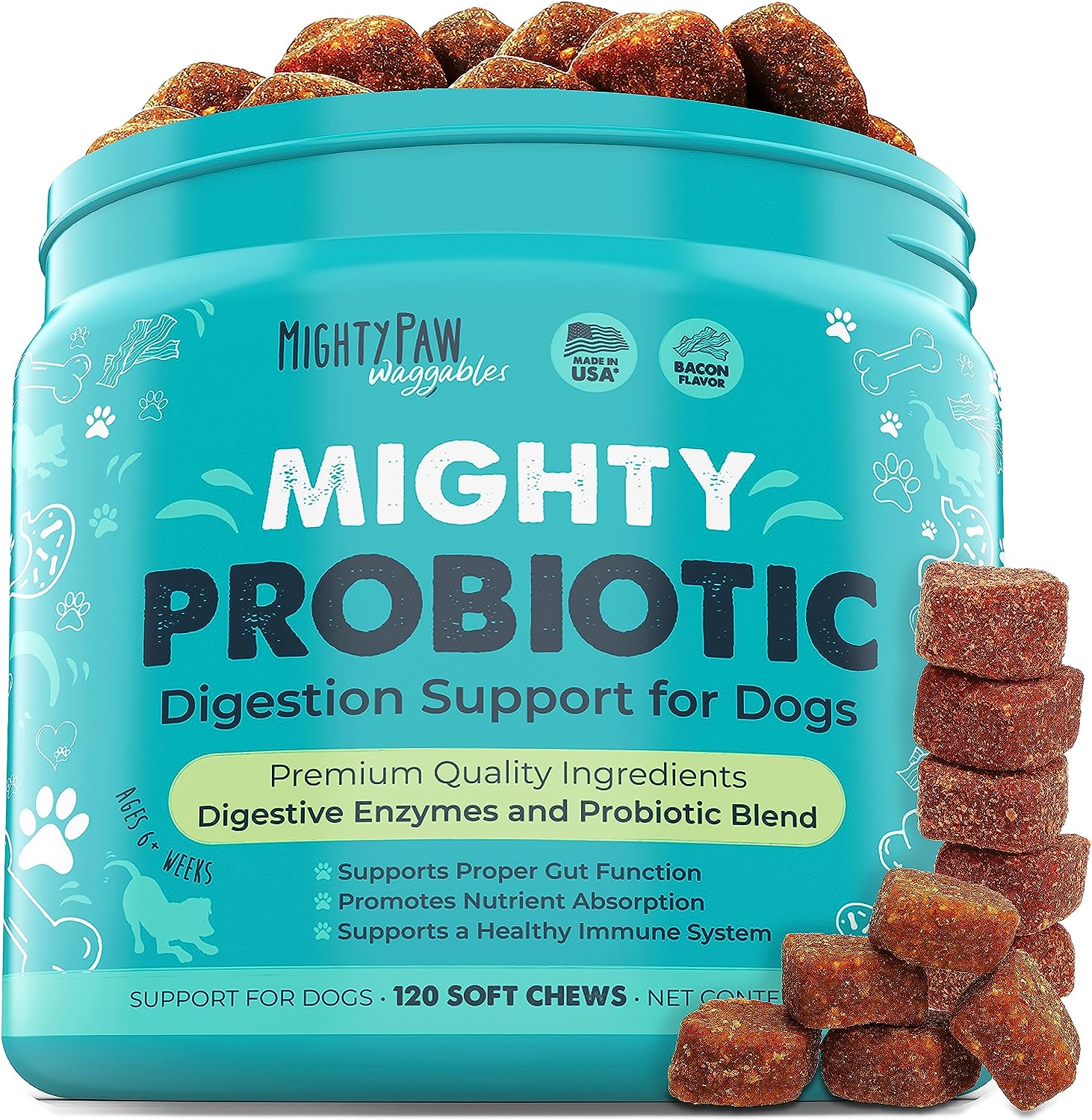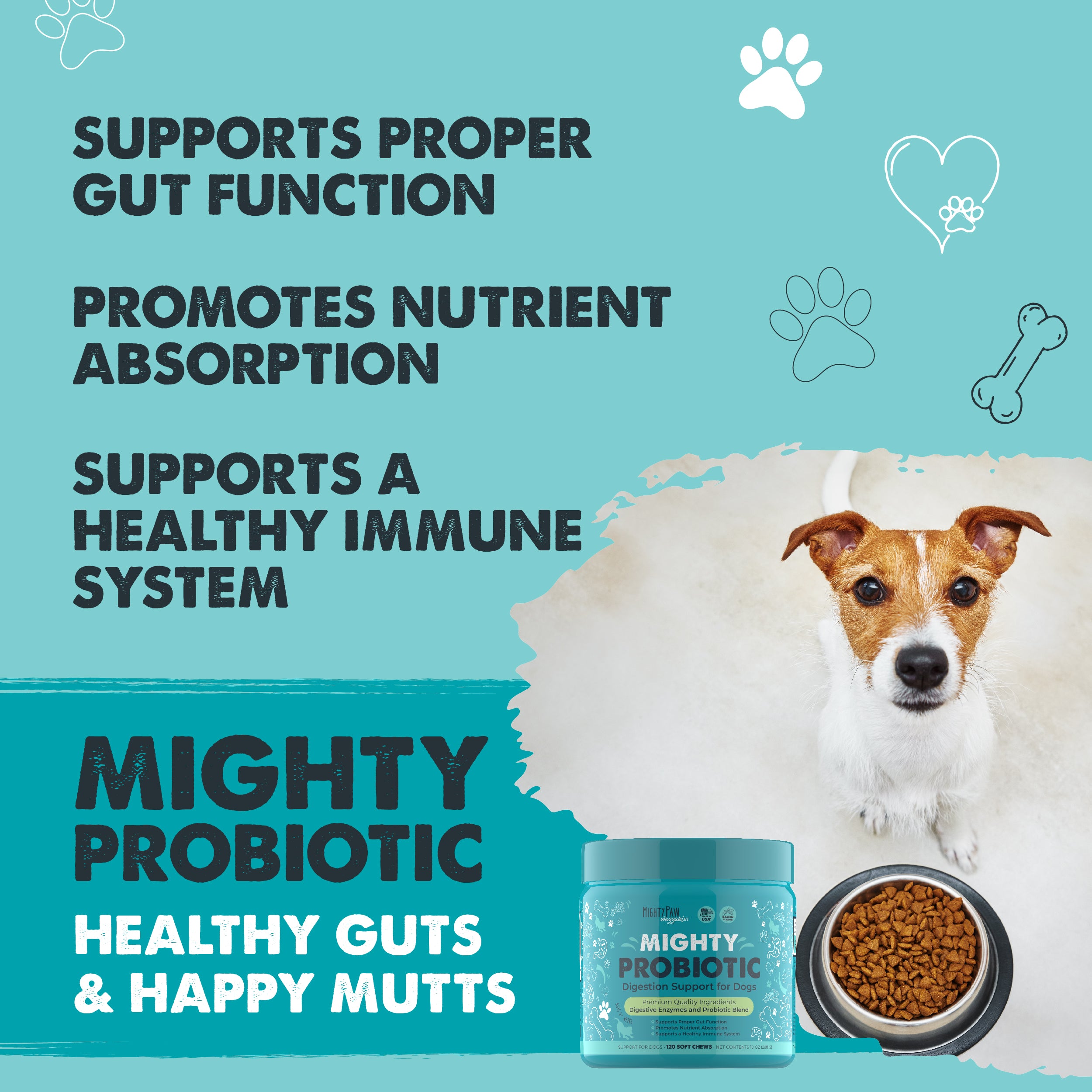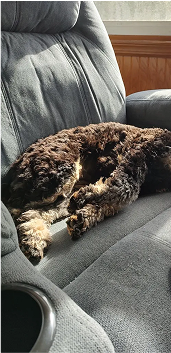5 simple steps to prevent your dog's ears from getting itchy and gunky and keep your dog happy and having fun every season!

Does it seem like your dog starts ear-rubbing and scratching with any change in weather, seasonal activities, or whatever is blooming outside? It sure does for our Mighty Paw dogs.
If this sounds like your otherwise healthy dog, you're in good company with just about all pet parents. To help, we put together some simple solutions to keep your dog's ears clean and itch- and pain-free with easy regular maintenance, so let's dive in!
First, what's the connection between seasonal allergies and dog ear wax?
It's really important to get ahead of ear issues before they happen. To do that, it helps to understand the link between allergies your dog could have in the different seasons and ear buildup in dogs.
Environmental influences, like high pollen levels, can play a key role in triggering seasonal allergies for some dogs during certain seasons. And some dogs may even have heightened sensitivities to airborne allergens in different seasons simply because of their genetic traits.
What that means for your dog's ears
Seasonal allergies can cause inflammation and increased ear wax production in dogs' ears, resulting in buildup. (Gross, we know.) A lot of our Mighty Paw dogs like to spend time outside, and unfortunately, exposure to certain outdoor elements often exacerbates these allergic reactions.
In fall, for example, ragweed is a major allergy culprit carried by the wind for miles. And of course, all those fallen leaves our dogs love to explore on their happy sniffari dog walks make a pretty good home for mold spores, which can also cause allergic reactions in dogs.
All this pollen and other allergens can easily spread into your dog's ears, where the delicate skin is more prone to irritation. This could lead to itching and scratching, and eventually gunky buildup in your pup’s ears — so it’s important to keep up with ear cleanings and check your dog's ears year-round.
More ear moisture, more ear problems
The most common factor contributing to buildup in a dog's ears is too much moisture, which can be caused by everything from humidity to bathing your dog without fully drying. That excess moisture can accelerate allergic reactions and breed bacterial and fungal infections, leading to inflammation and skin irritation—all the things you don't want for your dog.
This could lead to incessant scratching, and as pet parents ourselves we know how hard it is to watch your dog suffer through it. To keep excess moisture at bay, use an ear-cleaning solution formulated to maintain the natural pH balance in your dog's ear canal and remove excess wax and debris without leaving any residue in the ear that can lead to irritation or infection.
(More on our ear-cleaning solutions below.)

What to keep in mind for your individual dog
Beyond the common causes for ear infections and other ear problems, every dog is an individual when it comes to almost all things health and wellness. A combination of factors including your dog's body/ear type, lifestyle, and underlying health issues are all things to keep in mind as you keep your pup's ears in good shape.
Does your dog have floppy ears or a longer, fuzzier coat?
When you think about it, almost all dog ears except those that stand up straight block the air flow to some degree that keeps ears cooler and dryer. The floppier your dog's ears, the more you'll want to keep an eye on moisture and make sure your dog's ears are clean.
More "covered" dog ears tend to be more prone to ear infections and excessive ear wax due to poor air circulation promoting a buildup of wax, dirt, and moisture. If you have a dog with ears like a Labrador Retriever, Beagle, or Cocker Spaniel — it's even more important to keep up with ear cleaning and maintenance for your pup.
Pro tip: If you have a longer-haired or shaggy-type dog, you'll want to be sure to trim your dog's ear hair regularly. The joys of dog parenthood!
That's because fur can trap debris and moisture. You want as much ventilation as possible to avoid promoting a warm, moist environment in your dog's ears.
(Did you ever think you would need to know so much about keeping your dog's ears clean?)
Do you have an avid swimmer or a sniffer who likes to bury his or her face in every grass patch and shrub?
Our Mighty Paw dogs are active so it's important to be aware that frequent swimming or exposure to outdoor elements can introduce moisture and allergens that can get trapped in your dog's ears. That doesn't mean you should stop or even minimize doing the things you and your dog love doing together!
It's all about knowing your dog - and adjusting your wellness maintenance plans accordingly. Making sure you do regular ear cleaning and ear-checks can help mitigate these issues and keep your dog's ears at their healthiest.

A few questions dog parents have asked us about dog ears...
Is it normal for a dog to have earwax?
Yep! It's completely normal for dogs to have earwax. Much like humans, dogs produce earwax as a protective measure, which helps to trap dirt, debris, and other particles that could potentially harm the inner ear. But... too much ear wax means it's worth taking a good look to see if more regular cleanings and drying are needed for your dog.
How much ear wax should a dog have?
The amount of earwax a dog produces can vary based on breed, age, and overall health. A small amount of brown to light yellowish discharge is typically normal. However, excessive ear wax production, especially if it's dark, smelly, or accompanied by other signs like head shaking, ear scratching, or balance issues could indicate a problem such as an ear infection or allergy.
It's important to regularly check your dog's ears for any changes and check in with your vet if you notice anything unusual.
How do I know if my dog has ear mites or just dirty ears?
Figuring out whether your dog has ear mites or just dirty ears can be challenging without professional input, as the signs can appear quite similar. Both can lead to an accumulation of dark, dirty-looking debris in the ear canal.
However, there are a few things that might point specifically toward an ear mite infestation...
How to tell if your dog has ear mites:
- Intense itching: You may see a lot of persistent ear-scratching or head-shaking caused by ear mites.
- Inflammation and redness: Ear mites can cause severe inflammation, leading to red, swollen ears. In contrast, dirty ears may not appear as inflamed.
- Unpleasant odor: A strong smell from the ears is more common with ear mites.
- Visible mites: In some cases, you might be able to see tiny, white specks moving.
If you suspect your dog has ear mites, you'll want to promptly see your vet who can confirm the presence of ear mites and suggest a treatment plan.
Why preventing excessive earwax matters
First and foremost, a buildup of earwax can lead to discomfort and pain in your dog, affecting your pup's overall well-being beyond the physical aspects.
Excessive earwax can become a springboard to serious medical issues - serving as a breeding ground for bacteria and yeast, leading to infections which can cause severe complications including hearing loss if left untreated. This could manifest as redness, swelling, foul odor, and behavioral changes in your dog from the pain and itchiness your dog is feeling.
When dog ear wax is excessive, it might also be an indication of underlying health issues like allergies or hormonal imbalances. By preventing excessive earwax build-up, you're not only ensuring the cleanliness and health of your dog's ears, you're also keeping an eye out for signs of other potential health problems. Good job you!
How can you prevent excess earwax in your dog?
Like many things with our dogs' health (as well as our own), keeping ears clean and buildup free is so much easier on your dog (and you and your vet bills) than trying to fix a problem once it's grown into an ear infection or other painful dog ear wax problems. So how do you keep your dog healthy and get ahead of debris buildup?
It's actually quite simple by knowing your dog and doing a little regular maintenance! Give your dog regular ear inspections (you can do it easily while cuddling or giving your dog an ear flap massage) and keep a cleaning regimen tailored to what your dog needs. You do want to avoid over-cleaning though as that can irritate the ear canal.
Also, giving your dog a balanced diet as well as regular exercise can help reduce symptoms associated with earwax buildup. It's all connected - just as in human wellness and maybe even more so for dogs!
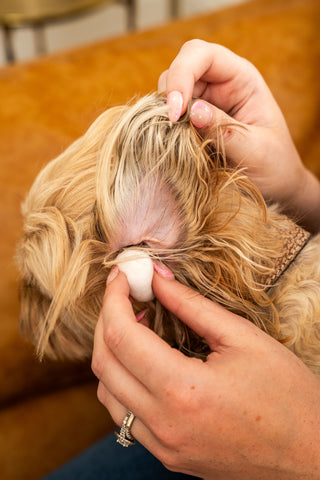
How to clean ear wax out of your dog's ear
5 simple steps to keep your dog's ears clear & healthy:
1) Use a specifically formulated dog ear cleaner: Always use a product to clean your dog's ears that is specifically designed to balance the pH and remove dirt and excess oil and wax naturally and gently. (Human ear cleaners can potentially cause irritation or harm.)
2) Be gentle: Avoid inserting anything into your dog’s ear canals. Instead, fill the ear canal with cleaner and gently massage the base of the ear. This helps the cleaner to break down ear wax.
3) Wipe away excess cleaner and dog ear wax: Afterward, use a cotton ball or gauze to softly wipe away any visible ear wax and cleaner from your dog's ear. Avoid using cotton swabs as they can push ear wax and debris deeper into the ear canal and potentially cause damage.
4) Reward your dog: After cleaning your dog's ears, reward profusely with treats and praise to positively reinforce the experience and keep things comfortable and not stressful for your dog!
5) Stick to your regular checks and ear cleanings: Modify your routine as needed for seasons or changes in activities, etc. so you always have a jump on what's happening with your dog's ears. You don't need to drastically change your dog's schedule but just be aware of how what you're doing and when can affect your dog's ears!
When to have a veterinary consultation: It's essential to consult with a veterinarian if your dog shows signs of severe discomfort, persistent scratching or shaking of the head, changes in behavior, redness or swelling, a foul smell from the ears, noticeable hearing loss, or other signs of infection. If your dog appears to be in pain when his/her ears are touched or displays any signs of balance issues or disorientation, check with your vet immediately.
How Mighty Ears can help
We know the importance of keeping our own dogs' ears clean and healthy, so we created a vet-formulated ear wash that's gentle to your dog's inner ears and sensory hearing functions and simple to keep your dog's ear wax at a minimum.
It's made in the USA and specifically formulated with four natural ingredients to dissolve ear wax buildup, remove debris, and soothe your dog's ears: witch hazel (a natural astringent that targets irritation), aloe vera (known for its soothing properties), tea tree oil (supports inner ear health), and echinacea (support a normal inflammatory response) are all commonly used in natural remedies.
Here's to healthy ears and enjoying all your favorite activities with your dog to the fullest in every season!






